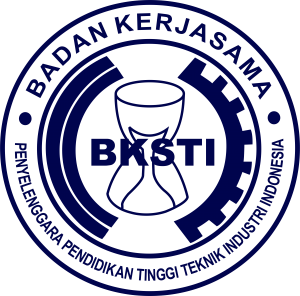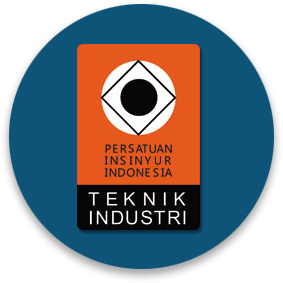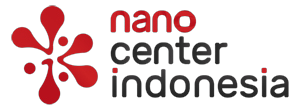Implementasi Six Sigma Untuk Mengurangi Defect Produk Hijab Print Dengan Metode DMAIC
Abstract
Due to the large amount of muslims in Indonesia, there is a high demand for islamic clothing. However, the high competition in this sector encourages customers to get high quality products at lower prices. As a result, manufacturers need to implement quality control as part of an integrated continuous development process to reduce the proportion of defects and increase productivity. In a case study, the number of defects in hijab print productis is still high. The defects found were clumping ink, blotches, stripe motifs, and torn threads. It causes low quality products. This study aimed to reduce the number of product defects in hijab print production. This study included quantitative research and used primary and secondary data sources while implementing six sigma with the DMAIC method. Based on data analysis, it was found that the most influential factor for the product defects was the overworked heat press machine. Improvements were made by setting the most optimal machine input temperature and stop instructions for machine to cooling down. These improvements were then standardized into standard procedures in the form of work instructions and check sheets. The results indicated that the DPMO value decreased from 29,308 to 14,000, increasing the sigma value from 3.37 to 3.77. In conclusion, the implementation of six sigma using the DMAIC method was able to reduce the number of product defects while increasing the sigma value, increasing product
Keywords
Full Text:
PDFReferences
Al Khraisha, L., Elqabbany, M., Asfour, Z., Chahine, N., & Nasreddin, M. A. (2022). The Muslim 500: The World’s 500 Most Influential Muslims. The Royal Islamic Strategic Studies Centre.
Dinarstandard Report Team. (2022). State Of The Global Islamic Economy Report 2022. Dinarstandard.
Khan, M. S. I., Sushil, S., & Tushar, S. R. (2020). Minimization of defects in the fabric section through applying DMAIC methodology of Six Sigma: a case study. Asian Journal of Management Sciences & Education, 9(3), 16–24.
Pyzdek, T., & Keller, P. (2009). The Six Sigma handbook (3 ed.). McGraw-Hill Professional.
Sasongko, A. (2022). JMFW 2022, Mendag: Potensi Fashion Muslim Indonesia Sangat Besar. Diambil dari Republika Ekonomi website: https://ekonomi.republika.co.id/berita/rh4kpk313/jmfw-2022-mendag-potensi-fashion-muslim-indonesia-sangat-besar.
Sjarifudin, D., Kurnia, H., Purba, H., & Jaqin, C. (2022). Implementation of the six sigma approach for increasing the quality of formal men’s jackets in the garment industry. Jurnal Sistem Dan Manajemen Industri, 6(1), 33–44.
Soemohadiwidjojo, A. T. (2017). Six Sigma Metode Pengukuran Kinerja Perusahaan Berbasis Statistik. Jakarta: Raih Asa Sukses.
Widhiyanto, F. (2022). Konsumsi busana muslim di Indonesia capai US$ 20M. Diambil 19 Maret 2023, dari Investor website: ttps://investor.id/business/291601/konsumsi-busana-muslim-di-indonesia-capai-us-20-m
Zaman, D. M., & Zerin, N. H. (2017). Applying DMAIC methodology to reduce defects of sewing section in RMG: a case study. American Journal of Industrial and Business Management, 7(12), 1320.
DOI: http://dx.doi.org/10.22441/MBCIE.2023.018
Refbacks
- There are currently no refbacks.
Copyright (c) 2023 Proceeding Mercu Buana Conference on Industrial Engineering

This work is licensed under a Creative Commons Attribution-ShareAlike 4.0 International License.
Journal ISSN:
| e-ISSN | |
| 2988-4284 |
Tim Editorial Office
Proceeding Mercu Buana Conference on Industrial Engineering
Program Studi Magister Teknik Industri Universitas Mercu Buana
Jl. Raya Meruya Selatan No. 1 Kembangan Jakarta Barat
Email: [[email protected]]
Website: https://publikasi.mercubuana.ac.id/index.php/mbcie/
The Journal is Indexed and Journal List Title by:
in Collaboration with:








